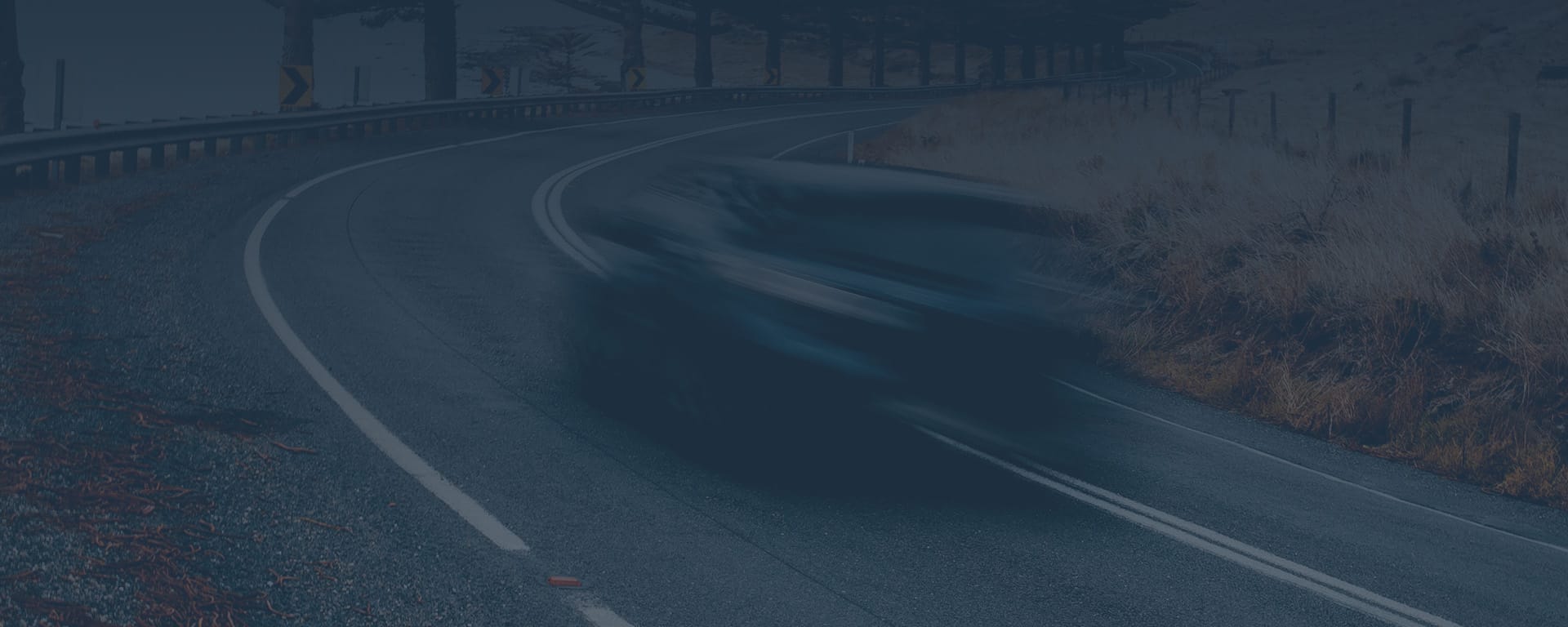
If you get yourself into a fender-bender, you probably know the drill. Pull off to the side, exchange identity and insurance information with the other driver, and take some cellphone photos of the damage done to the cars. But, if you’ve been in a serious accident and have been injured, what you must do becomes more urgent, while what you can do is may be strictly limited. Here is a brief list of instructions in such an emergency:
Get safe. Your immediate concern after a collision is whether there will be a second collision. Are you visible to oncoming traffic? Can traffic avoid you? If not, you’ve got three choices:
- Move your car — This is the optimal choice, if the car can move. Get it off to the side of the road and stay in it until help arrives.
- Put down fluorescent triangles or road flares — If the car won’t move, you’ve got to give approaching traffic a warning. Place flares in a diagonal across the lane where your car is stranded. Before dropping a flare, make sure that your car is not leaking gasoline.
- Leave your car — This is never a good option, since exposing yourself to traffic and the elements invites more danger to your health and safety. But, if the car cannot be made safe, this may be your least bad option. Of course, whether you’re able to leave the car depends on whether you or your passengers are injured.
Tend to injuries. Depending on the severity of the injuries, you may have to provide aid before you think of moving the car. But be wise when choosing. It doesn’t do your wounded passenger any good if you’re rear-ended again while applying pressure to a cut. Refrain from moving an injured passenger unless the car is absolutely unsafe, due to a fire or other emergency.
Call for help. An personal injury accident is a police emergency. Call 911 and ask for police and an ambulance. Then wait in a safe place.
Start building your case. This may seem cold and calculating, but the harsh fact of the matter is that evidence vanishes quickly. To the best of your ability at this time you must:
- Collect identifying information from witnesses — If people stop, ask for contact information. Write down the license plate numbers of their vehicles.
- Get photos of the crash site, the vehicles and the injuries — This evidence is critical to proving fault and damages.
- Get identifying information from the other driver — If you suspect the other driver may have been drinking, do not engage. Take down the license plate number, and tell the police of your suspicions as soon as they arrive.
- Call an attorney — Our office can send an auto accident investigator to the scene to collect any evidence you might have missed.
Go to the hospital. Even if you don’t think you’re badly hurt, you should get checked out immediately. Adrenalin can often mask a serious condition that worsens overnight.
Rush, Hannula, Harkins & Kyler PLLC provides experienced legal representation following serious Tacoma car crashes. To schedule a free consultation, call today at 253-383-5388 or contact our office online.